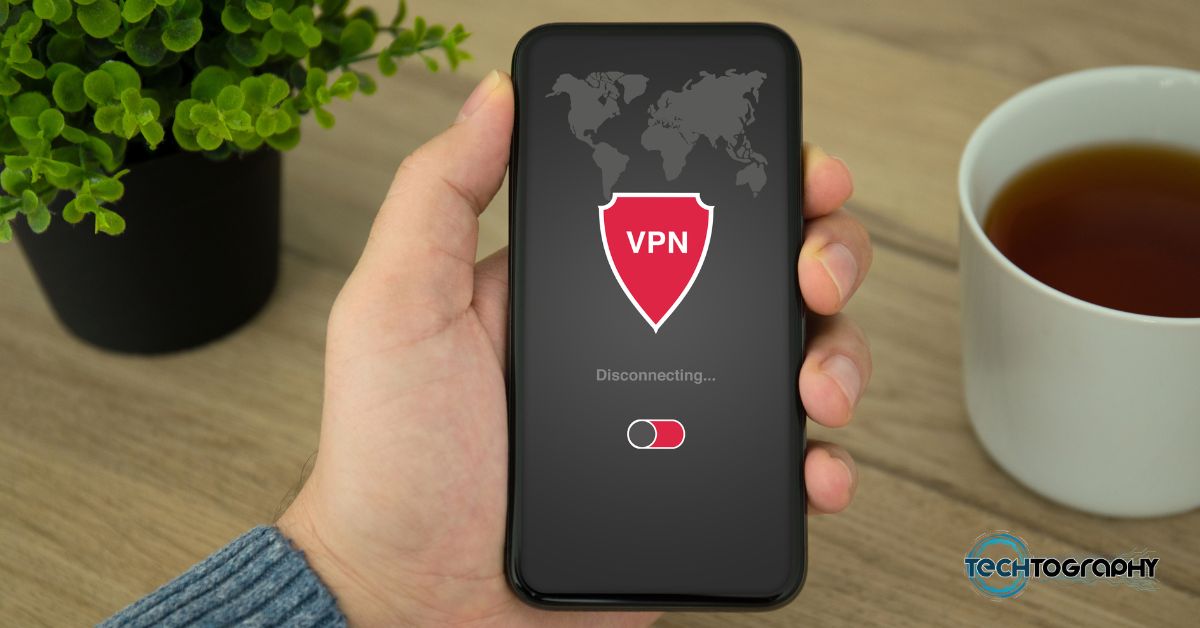In this Blog Post:
Introduction: The Importance of Learning How to Set Up an Email Signature
Email signatures are an essential part of professional communication. They not only provide an opportunity to include important contact information but also help in building a consistent brand identity. In this comprehensive guide, we will explore how to set up an email signature, ensuring that you leave a lasting impression with every email you send. By focusing on the keyword “how to set up an email signature,” this article will provide an easy-to-follow, step-by-step guide that will help you create a professional-looking email signature.
Section 1: Choosing an Email Signature Format
The first step in learning how to set up an email signature is deciding on the format you want to use. There are three main formats to choose from:
- Plain text: This is the most basic format and works with all email clients. However, it lacks design elements, such as images and font customization.
- HTML: This format allows for more design freedom, including images, links, and customized fonts. However, some email clients may not support HTML signatures, causing display issues.
- Rich-text: This format is a middle ground between plain text and HTML, offering some design options but with greater compatibility than HTML.
Consider your target audience and the devices they may be using to read your emails when choosing a format. For maximum compatibility, plain text is your best option.
Section 2: Essential Elements of an Email Signature
Once you’ve chosen a format, it’s time to consider what elements to include in your email signature. The following are some essential elements to consider:
- Full name: Include your first and last name to make it easy for recipients to identify you.
- Job title and company: This information helps establish your professional credentials and context.
- Contact information: Include your phone number, email address, and physical address if necessary.
- Social media links: Adding links to your professional social media profiles can help recipients connect with you and learn more about your expertise.
- Company logo or personal photo: Including a visual element, such as your company’s logo or a professional headshot, can help create a more memorable impression.
Section 3: Designing Your Email Signature
Now that you’ve chosen a format and gathered your essential elements, it’s time to design your email signature. Here are some tips for creating a visually appealing and functional signature:
- Keep it simple: Avoid overcrowding your signature with too many design elements or excessive information.
- Maintain a clear hierarchy: Use different font sizes and styles to differentiate between the various elements in your signature.
- Use color wisely: Choose colors that align with your company’s branding, but make sure they’re easy to read on various devices and email clients.
- Optimize for mobile: Ensure that your email signature is easy to read and looks good on smaller screens.
Section 4: Implementing Your Email Signature
After designing your email signature, the final step is to implement it in your email client. The process for adding an email signature varies depending on the email service you use. Here are instructions for some popular email clients:
- Gmail: Go to Settings > General > Signature, and paste or type your email signature in the provided box. Save your changes.
- Outlook: Go to File > Options > Mail > Signatures, and click on “New” to create a new signature. Paste or type your email signature, and assign it to the desired email account.
- Apple Mail: Go to Mail > Preferences > Signatures, and click on the “+” button to create a new signature. Paste or type your email signature, and drag it to the desired email account.
Conclusion: Mastering How to Set Up an Email Signature
By following the steps outlined in this guide, you’ll be well on your way to mastering how to set up an email signature that is professional, informative, and visually appealing. Remember to choose the right format for your audience, include essential elements, design with simplicity and hierarchy in mind, and implement your signature in your preferred email client.
With a well-crafted email signature, you can make a lasting impression on your email recipients, enhance your professional image, and promote your brand effectively. So, don’t underestimate the importance of learning how to set up an email signature – it’s a small but powerful tool in your professional communication arsenal.






